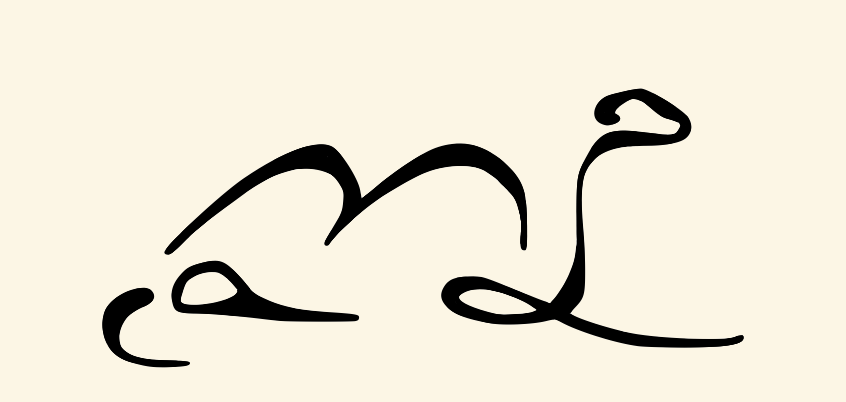Better Aggregation for Test-Time Augmentation
D. Shanmugam, D. Blalock, G. Balakrishnan, J. Guttag. ICCV 2021.
Test-time augmentation—the aggregation of predictions across transformed versions of a test input—is a common practice in image classification. Traditionally, predictions are combined using a simple average. In this paper, we present 1) experimental analyses that shed light on cases in which the simple average is suboptimal and 2) a method to address these shortcomings. A key finding is that even when test-time augmentation produces a net improvement in accuracy, it can change many correct predictions into incorrect predictions. We delve into when and why test-time augmentation changes a prediction from being correct to incorrect and vice versa. Building on these insights, we present a learning-based method for aggregating test-time augmentations. Experiments across a diverse set of models, datasets, and augmentations show that our method delivers consistent improvements over existing approaches.
